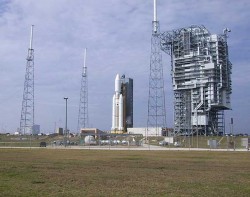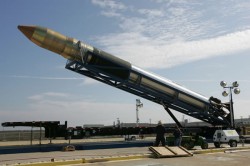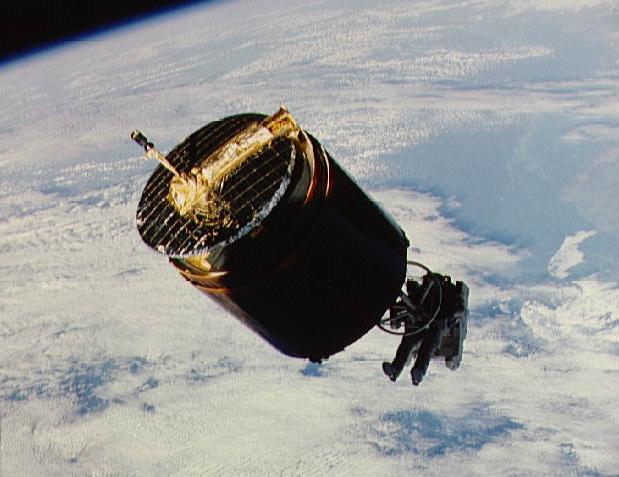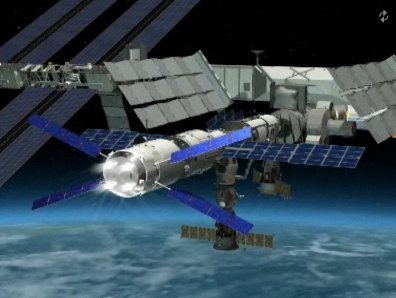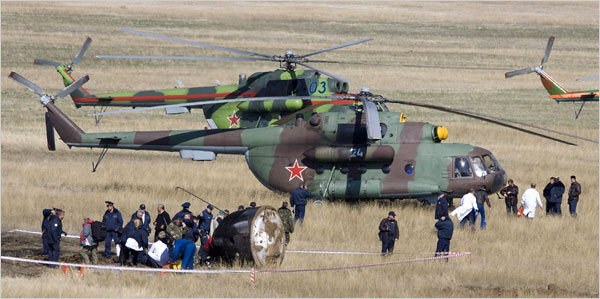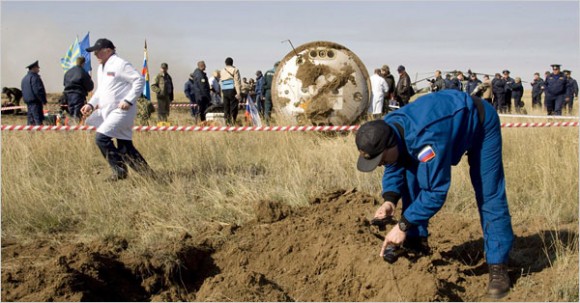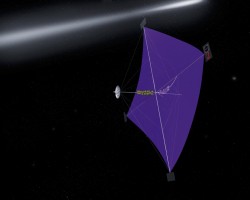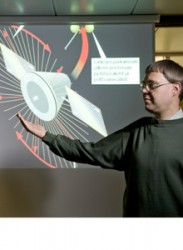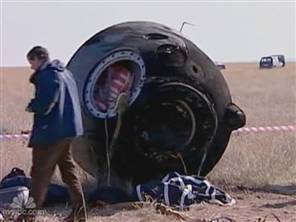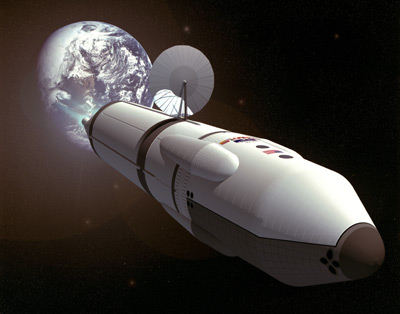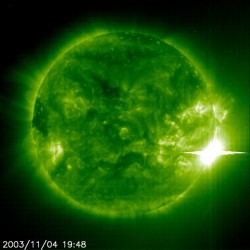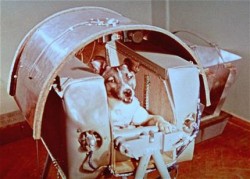Could you handle six months in space with a tiny handful of crew? Keep in mind you’d be doing everything with them, eating, sleeping, chatting, working, waiting, more sleeping, the occasional emergency, more chatting… If you look around your office now, could you really see yourself spending 24/7 with any of those guys for 24 weeks? Even the happiest, close-knit family would find it hard, especially at the close quarters they are likely to endure. Even if you had to spend that time with your partner, someone you love dearly, there would be stresses… after all you can’t exactly storm out of the spaceship and float home. You’re in it for the long-term.
The solution? Put the astronauts on their way to Mars into a suspended animation state. This not only saves the astronauts from potentially dangerous arguments, it would also save on food, air and water. So how can this be done? Hydrogen sulfide, the gas produced by rotten eggs, may be able to help…
Peggy Whitson, NASA astronaut, spent a record breaking six months on board the International Space Station (she returned on April 19th with a bit of a bump) and it appears she was able to make it through the days on board the ISS with her crew. However, the ISS had a very busy few months, plus it’s had several changes of crew and various new modules have been added. The ISS is a very different environment to work in than on board future missions to Mars. For starters, the main mission is to get to the Red Planet; the transit from Earth will be seen as the “run-up”. Although valuable science will undoubtedly be done, the accommodations are likely to be cramped and Mars astronauts will see the same faces day in and day out. Confrontations could become a serious problem. Supplying the ship with enough food and water for the trip will also be a difficult task. How can all these issues be faced? Put the astronauts in suspended animation.
Probably more familiar in science fiction movies (like the 1979 classic Alien, pictured top), suspended animation has some serious problems. Cooling the human body was thought to be the key to slowing the metabolism down sufficiently so space-bound crews could slip into hibernation for the duration of the long trip, but it seems this interferes with the rhythm of the heart. Now scientists at Harvard believe they have a solution.
Dr Warren Zapol, the head of anaesthesiology at Harvard University’s Massachusetts General Hospital, has been working on the effects that hydrogen sulfide has on the human body. More commonly known for the pungent smell produced by rotten eggs, hydrogen sulphide has been used on mice and the results have been very interesting. When breathed in, the gas slows mouse metabolism, but does not reduce the flow of blood to the brain and doesn’t interfere with the heart.
“The mice aren’t asleep. If you pinch their tails they respond. I don’t know what it’s like. Probably some slow-motion world.” – Dr Warren Zapol.
After about ten minutes of inhaling the gas, the mice slipped into a hibernation state. A reduction in oxygen consumption and carbon dioxide production was measured. This reduction continued for as long as hydrogen sulfide was administered and the test subjects recovered fully after normal air flow was supplied for 30 minutes. What’s more, oxygen levels in the blood did not vary, signifying that the major organs were not at risk of being oxygen starved. Mouse heart rate also dropped by 50%.
Of course many tests will be needed before hydrogen sulfide is administered to humans, let alone astronauts, but the preliminary results are encouraging. It looks like mice are joining the monkeys in mankind’s future on Mars…
Source:
ABC Science




